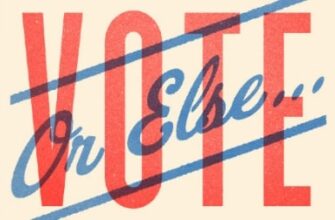Many companies have an established on-boarding program, a process in place when people are welcomed “on-board” the team. What many are missing is a formalized “out-boarding” process when employees leave. Jon Stewart is one person who knows how to treat an outgoing staff member.
Jon Stewart of the satirical juggernaut The Daily Show has lost his share of employees over the years. Through no one’s fault, his correspondents leave to further their acting careers. Such stars as Steve Carell, Ed Helms, and Rob Riggle got their big break reporting for The Daily Show. And somehow, when asked, each raves about their time working with Jon. They don’t have to, but they do.
An employee’s final days are one of your most underutilized engagement devices. Consider Nobel Prize-winning psychologist Daniel Kahneman’s Peak-End rule. His research found that people judge their overall experience by its peak (most intense point) and by its end.
How someone leaves a job can taint their entire experience. But these bad experiences also taint the rest of the workplace. Employees see the way you treat people who are departing the company. They internalize the indignities and feel gratified when someone is treated with respect. So how does Jon wish people a bon voyage? Let’s examine three implementation tips from a recent Fast Company article.
Don’t Resist The “Grass Is Greener Over There” Syndrome
By nature, people tend to believe that unattained future events will make them happier than what they currently have. So they quit for (what they see as) a better opportunity…like The Late Show.
Stephen Colbert was a correspondent on The Daily Show for eight years before he got his own show. This fame and exposure has since earned Stephen the role as David Letterman’s successor. It’s too soon to know if the grass is greener on a network late night show, but Jon Stewart is supportive regardless.
Leaders know the value of a star performer. They also know that these individuals may be bound for bigger opportunities; not better, mind you, but bigger. So once someone has decided to leave, why waste energy trying to convince them to stay or slighting the new company. Support them in their new endeavor.
Kindle Meaningful Memories
The final days should be a celebration of what the employee has accomplished. At The Daily Show, Jon will typically thank the departing staff member during the show and exchange some amusing parting words. Most recently, John Oliver left to host his own show on HBO. Jon gave a touching monologue, showed a montage of clips, and sat back at Oliver was unable to hold back the tears.
Jon was not throwing a party because Oliver was leaving; it was recognition for what Oliver had done. Leaders need to grasp this concept and employ is generously. If you don’t want to do it for the person leaving, do it for everyone else who is watching how you are reacting to that person leaving. It will make you look like the bigger person, even if you aren’t feeling like it.
Measure How Many Employees Return
Engagement is usually measured by the retention of staff. I’ll argue that an even better factor is how many want to come back. It is not unusual for Jon to have past correspondents on as guests. These interviews tend to be entertaining because you can see the camaraderie. To do this, Jon maintains a relationship with them after they’ve left.
If you love something, set it free. If it comes back, its meant to be. — Jess Lair
If there are people who you wish hadn’t left, keep a line of communication open. Send birthday and holiday cards. Comment on their Linkedin/Facebook/Twitter posts. Make sure they know that they are welcome back whenever they’d like.
Of course we treat people well who have just been started, but the real sign of respect is in how we treat them on the way out. This simple sign of appreciation will generate an army of ex-employees who continue to feel a sense of loyalty and engagement for your company. That’s an army of people who are selling you and your product to the world.




